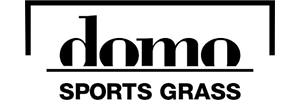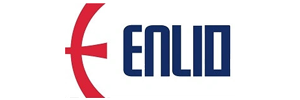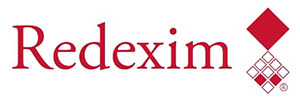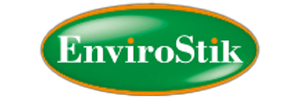Gallant Sports stands as a beacon of transformation in the sports and fitness landscape of India. Our commitment to promoting active living and community development has propelled us to the forefront of the sports industry. By focusing on designing, building, and maintaining premier sports arenas, we aim to make sports accessible, affordable, and enriching across demographics.
Gallant wants to be the backbone of the Sports Ecosystem in India with specialization in development, installation, management & maintenance of Sports Infrastructure. We Build, You Play.

Our commitment to quality sets us apart. We uphold the highest standards in safety, durability, and functionality in every facility we construct and maintain. Expect unparalleled quality and unmatched prices, coupled with 5 to 12 years of warranty for added assurance.
We believe in breaking barriers. Our goal is to make sports a shared experience, welcoming individuals of all ages, genders, and abilities into the fold of an inclusive sports culture, without breaking the bank.


Get more than you pay for. Gallant Sports offers exceptional value for money, ensuring that your investment in health and recreation yields lasting rewards.
We envision healthier communities. Through our engaging sports spaces, we promote physical health, mental well-being, and a sense of unity.


Innovation is our driving force. By embracing new technologies, we continuously enhance the sports experience we offer, making it richer and more engaging.















Founder & CEO

Founder & CEO

Director

Director

CFO

CFO

President, Gallant Play

President, Gallant Play

VP, Business Development

VP, Business Development

Fractional CMO

Fractional CMO
Elevate your status with Gallant Partner, where exclusivity meets excellence.
Copyright 2025 © Gallant Sports and Infra Ltd. All Rights Reserved.